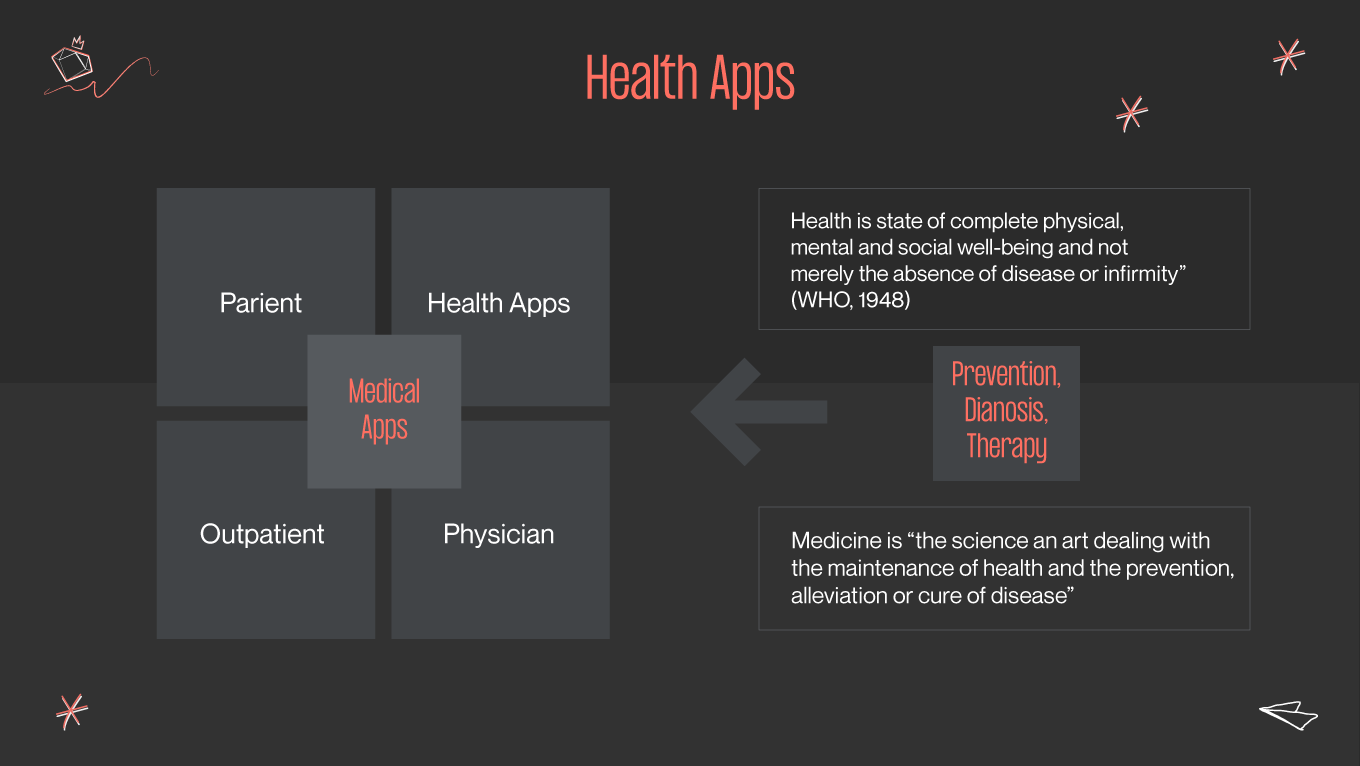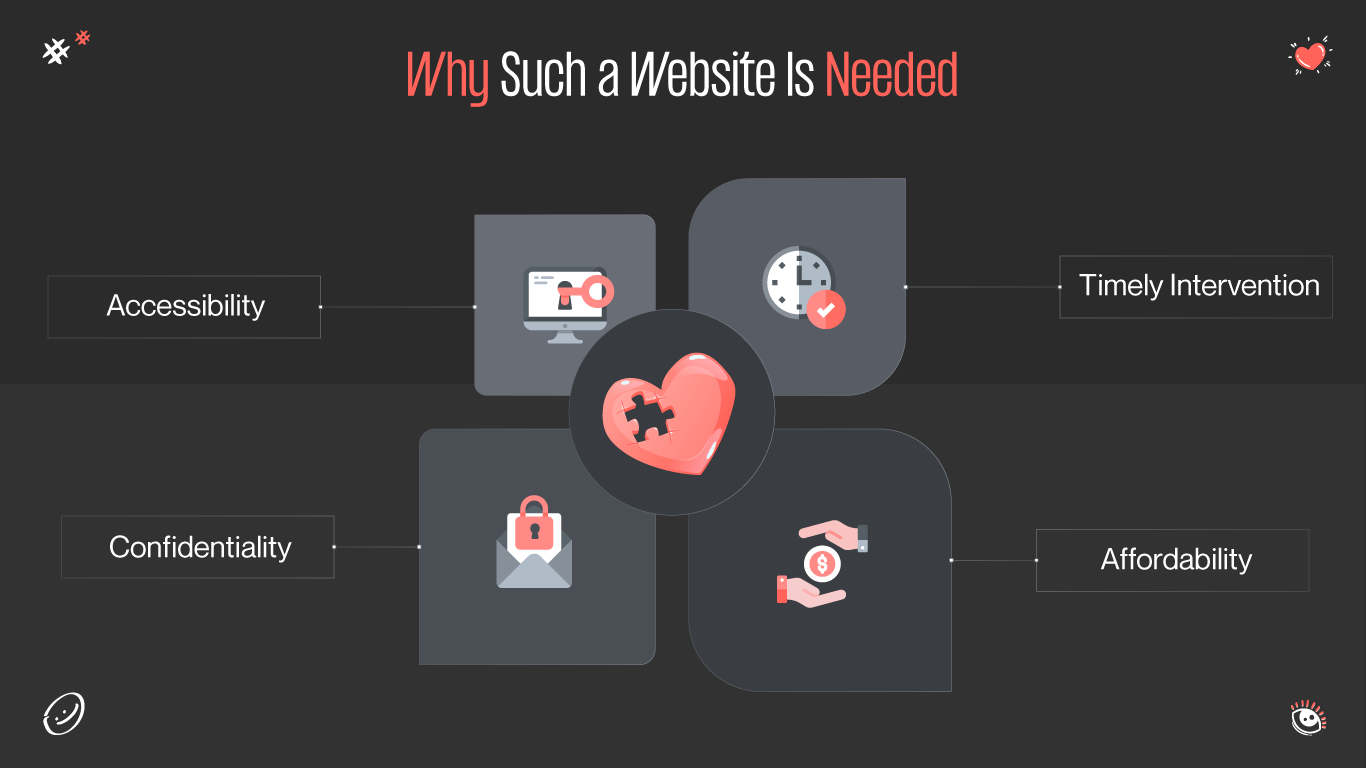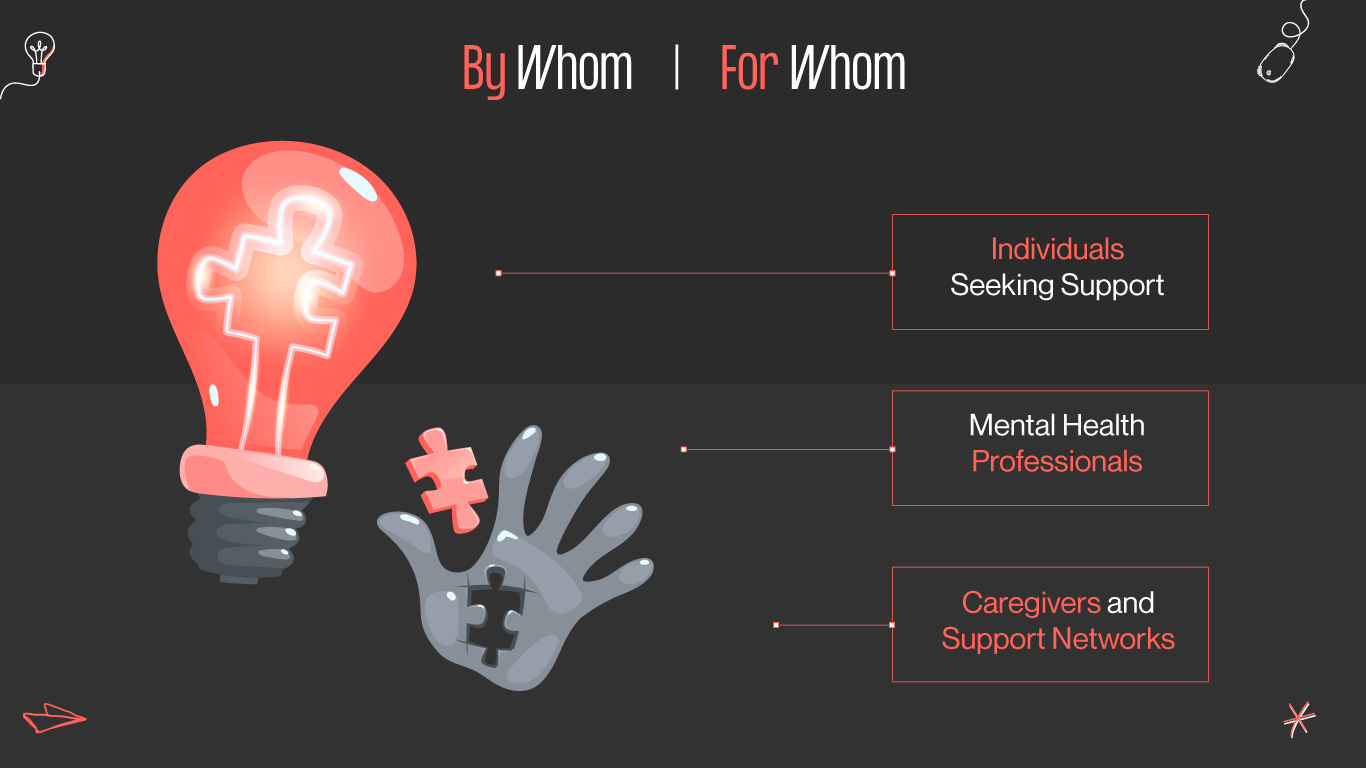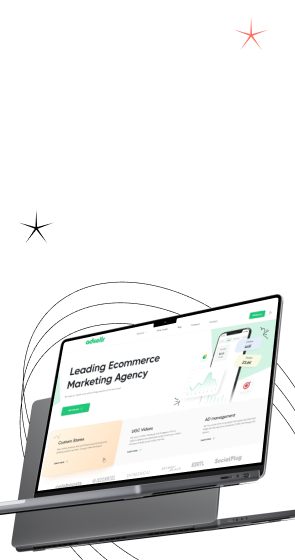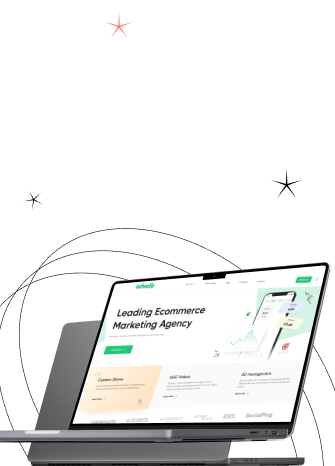In today's digital age, where technology permeates nearly every aspect of our lives, the significance of prioritizing mental wellness in user experience (UX) design cannot be emphasized enough. According to recent statistics, the global prevalence of mental health conditions has been steadily rising, with an estimated 1 in 4 individuals experiencing a mental health disorder at some point in their lives. As such, there is a pressing need for digital solutions that not only cater to functional needs but also nurture users' emotional and psychological well-being.
At Gapsy Studio, we recognize the profound impact that UX design can have on mental health outcomes. As a leading provider of UX design services, we are committed to creating digital experiences that prioritize the mental wellness of our users. In this article, we will delve into the significance of crafting UX designs that support mental well-being and explore strategies to create digital experiences that promote positive mental health outcomes.
From empathetic design principles to inclusive and accessible features, we will uncover the key components of designing for mental wellness in the digital realm. Join us as we embark on a journey to harness the power of UX design to foster mental well-being for all users.


